The history of the B-17F Black Jack wreck is a truly fascinating story, beginning in July 1942 when the completed aircraft, serial number 41-24521, was delivered to the U.S. Army.
One of the first B-17F Flying Fortress bombers built at Boeing’s Seattle factory during World War II, Black Jack carried a sticker price of $314,109.
It was subsequently flown to Australia, where it joined the Pacific campaign in early September.
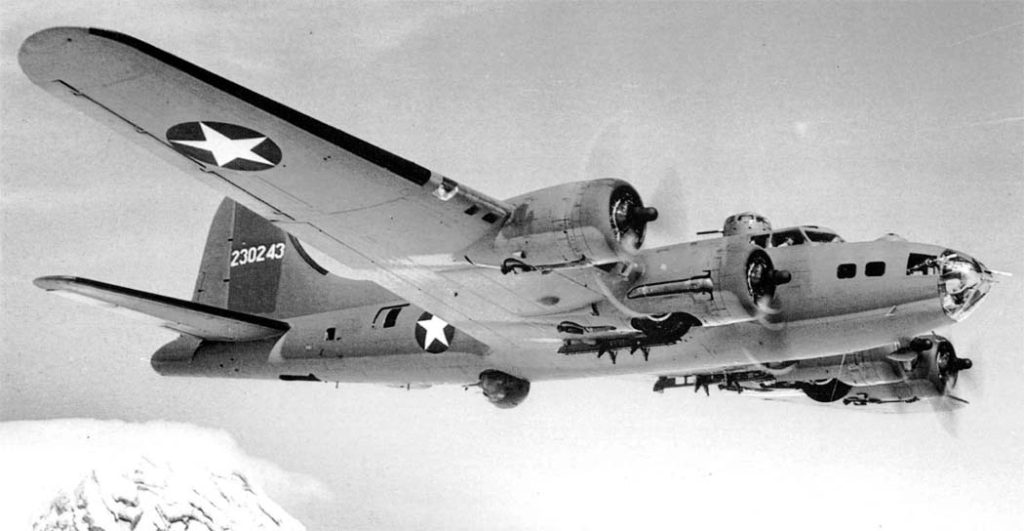
Soon after, it was assigned to the 63rd Bombardment Squadron stationed in Port Moresby. Where, under the command of Captain Kenneth McCullar and his crew of nine, Black Jack served with distinction over the following months.
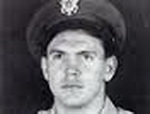
It was Captain McCullar, an avid gambler, who gave Black Jack its moniker.
The name came from the last two digits of the plane’s serial number: 21
Corresponding to a “blackjack hand” (a jack and an ace) in the card game Pontoon.
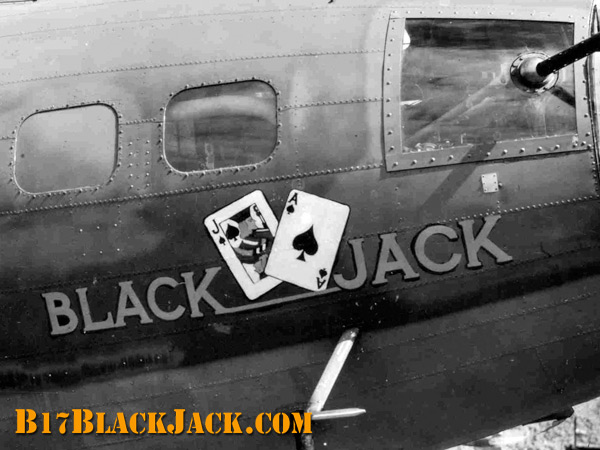
A highly skilled pilot, McCullar was well-regarded and decorated for his bravery. Tragically, he died in April 1943 when another B-17 he was commanding crashed during takeoff from Port Moresby.
In his obituary, the commander of the U.S. 5th Air Force praised McCullar’s courage and leadership. Noting that he was “a master at the art of sinking Japanese ships. “Captain McCullar was a very skilled pilot, who was highly regarded and decorated for his bravery.
While at the controls of Black Jack, McCullar developed the potentially dangerous yet highly effective technique of “skip bombing.” This method is credited with his sinking of the Japanese Kagerō-class destroyer Hayashio on the night of November 24, 1942, in the Huon Gulf.
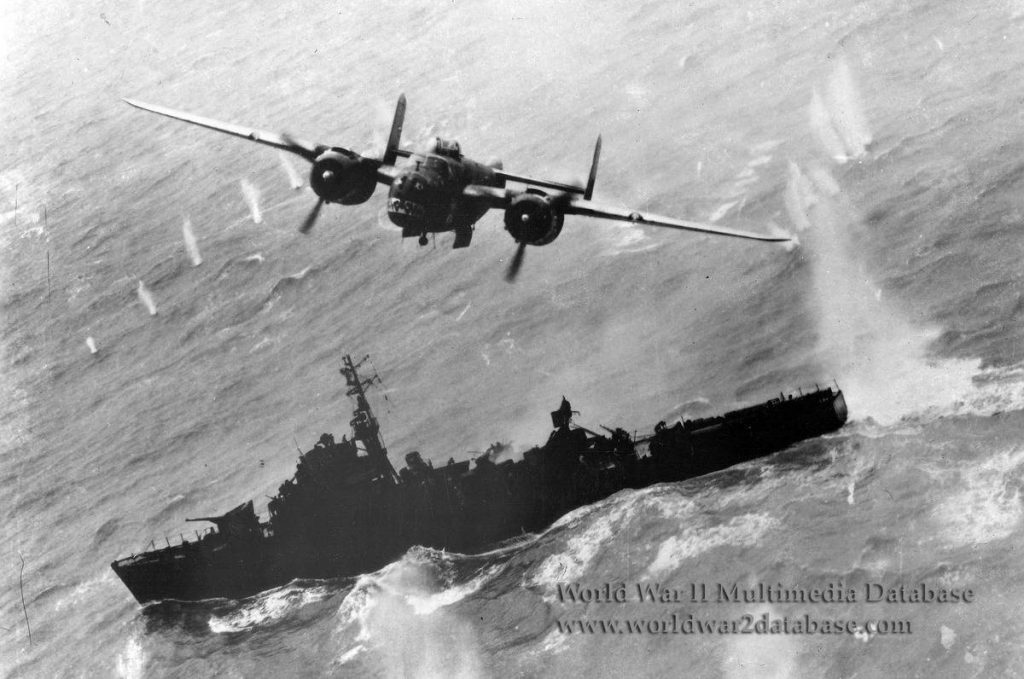
That attack left Black Jack so badly damaged that it was out of action for two months. When it returned to service, it was under the command of McCullar’s co-pilot, Lt. Harry Staley. Who had taken over after McCullar was promoted to Squadron Commander in January 1943.
Black Jack performed just as well under Staley. Until he completed his tour of duty and handed the plane over to its next – and final – pilot, Lt. Ralph De Loach.
History of the B-17F Black Jack Wreck – The Final Flight
Black Jack’s final flight took place on July 10, 1943.
The aircraft departed 7-Mile Airdrome in Port Moresby just before midnight on a mission to bomb the heavily fortified Japanese airfields at Rabaul, New Britain.
The plane’s course took it down the southern coastline, then northeast over the Owen Stanley Range, Dyke Ackland Bay, and the Solomon Sea before reaching New Britain.
At Kimbe Bay, on the island’s north coast, it changed course again, heading east toward Rabaul.
The flight was fraught with difficulty, as both right-wing engines developed problems en route to New Britain.
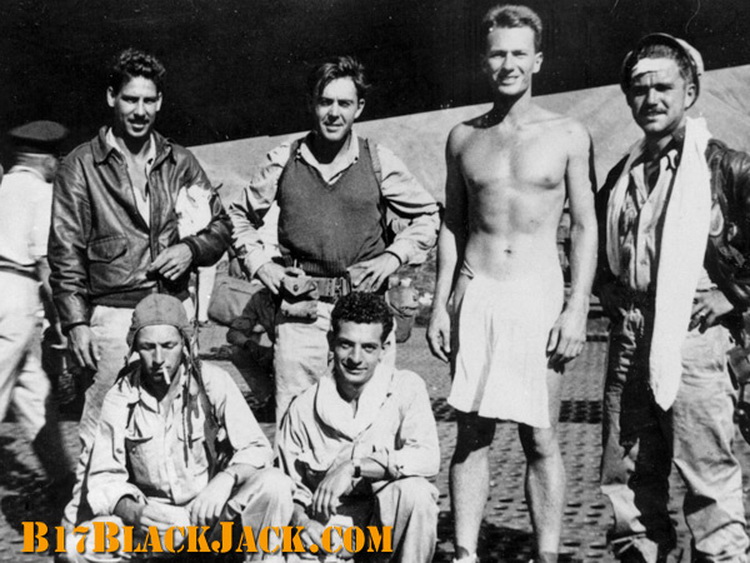
Despite this, Lt. Ralph De Loach and his crew managed to reach Rabaul and successfully deliver their bombs on target.
After the attack, De Loach turned Black Jack around for the return to Port Moresby. However, as they approached the coast of New Guinea, northwest of Cape Nelson, they encountered a violent storm. De Loach later described the experience as “the blackest of black nights”. And “the worst flying weather I’d ever seen in my life.”
The Final Flight – Crash Landing
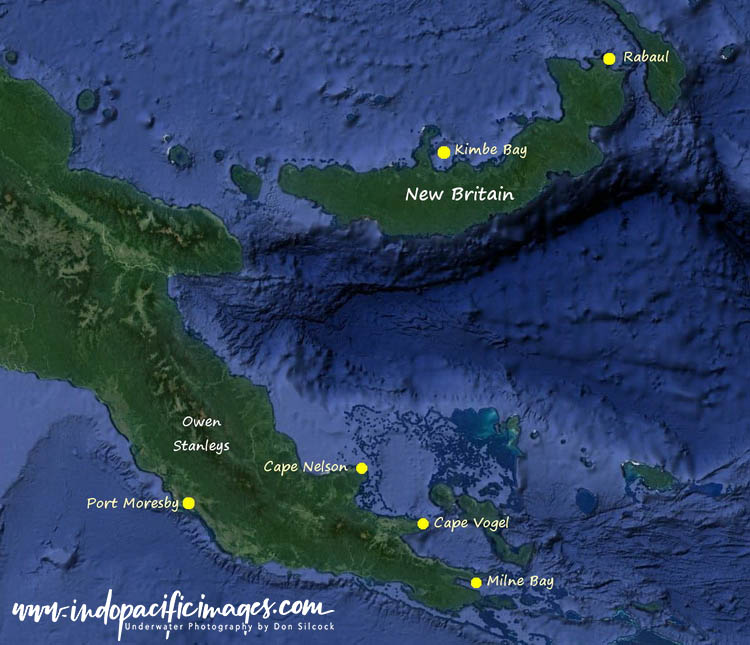
Map of Black Jack’s Last Flight
With two engines badly malfunctioning, it was impossible to keep the plane on course for Port Moresby and cross the Owen Stanley Range.
Instead, Black Jack was turned southeast, following the coastline toward Milne Bay.
They made it as far as Cape Vogel, where, with virtually no fuel remaining, the crew made the decision to ditch the plane on the shallow reef running parallel to the white sand beach at Boga Boga.
Having never ditched a bomber before, De Loach handed the controls over to his co-pilot, Joseph Moore, who had previous experience with emergency water landings.
Moore managed to bring Black Jack down, but overshot the reef flat, and the plane ended up in deeper water. It floated briefly before sinking to the seabed, 50m below.
There was just enough time for the 10-man crew – three of whom had been injured in the landing. To escape before Black Jack disappeared beneath the surface. With the aid of local villagers who had witnessed the crash, they managed to reach shore safely.
The Final Flight – Rescue…
An Australian Coastwatcher, Eric Foster, also witnessed the crash landing. He alerted air-sea rescue, prompting the Royal Australian Air Force (RAAF) to dispatch a seaplane to evacuate the wounded.
The rest of the crew remained at Boga Boga for two days until a PT boat arrived to transport them to Goodenough Island.
From there, they were flown back to Port Moresby and granted two weeks’ leave in Sydney before returning to full combat duty.
Pilot Ralph De Loach and co-pilot Joseph Moore were subsequently awarded Silver Star medals, while other crew members received Bronze Stars or Oak Leaf Clusters for their roles in the mission.
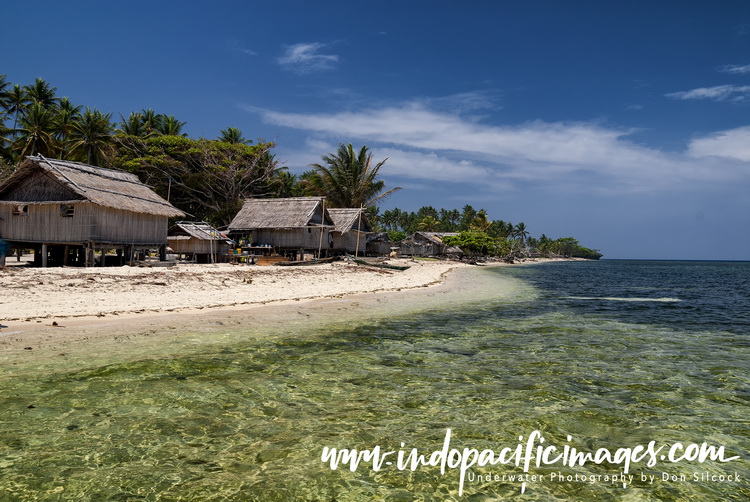
Meanwhile, Black Jack lay largely forgotten on the seafloor, undisturbed for another 43 years.
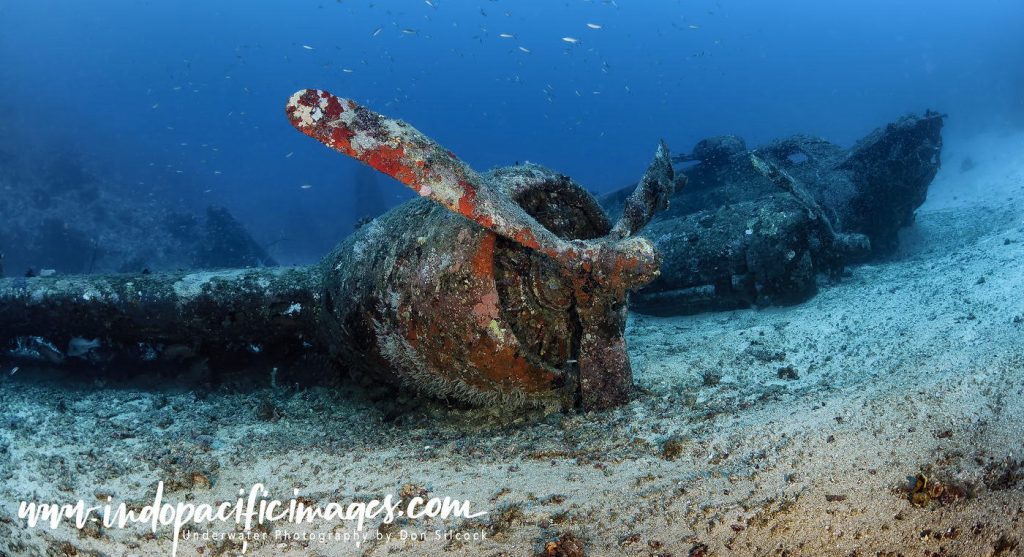
History of the B-17F Black Jack Wreck – The Return
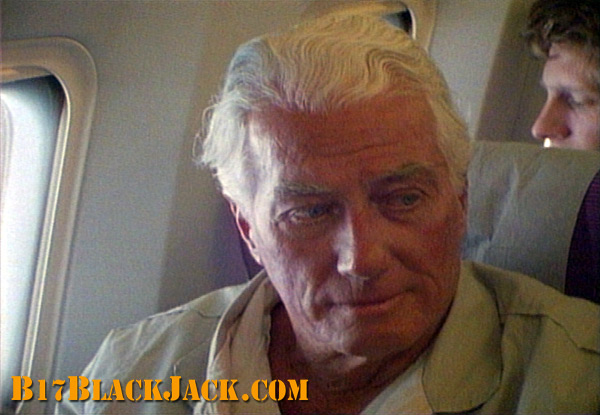
The discovery of Black Jack was so remarkable that it led to the production of a documentary the following year.
The project was undertaken by a team of nine Australian divers and underwater cameramen, alongside Rod Pearce, Bruce Johnson, and David Pennefather – the trio who had originally found the wreck.
Filming a documentary about a plane wreck in a remote location at a depth of 50 meters was no small feat.
The effort required eight months of meticulous planning, extensive logistical support from Rod Pearce and his boat, MV Barbarian, and two dedicated dive teams working over eight days to capture the necessary footage.
Australian aviation writer Steve Birdsall added a fascinating dimension to the documentary. He tracked down Ralph De Loach in Marina del Rey, California – nearly four decades after the crash.
After completing his military service at the end of World War II, De Loach returned to civilian life. And, in an unexpected twist, became one of the famous Marlboro Men… The iconic advertising figures created by Philip Morris to promote Marlboro cigarettes.
Birdsall arranged for the 69-year-old De Loach to return to Cape Vogel, where he was reunited with some of the villagers who had helped him and his crew reach shore safely when Black Jack was ditched in 1943.
The completed documentary, Black Jack’s Last Mission, was highly successful and aired on television worldwide.
It remains available on DVD through Pacific Wrecks.
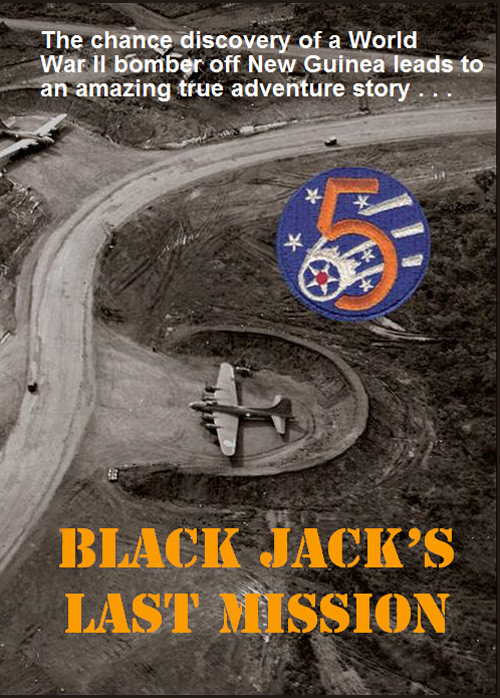
Back To: The Complete Guide to the B-17F Black Jack
